Get to know our musicians as they tell their stories. Make sure to check this page frequently as we update it with more information about each musician!
Meet the Musicians
Violin
Elizabeth Blumenstock
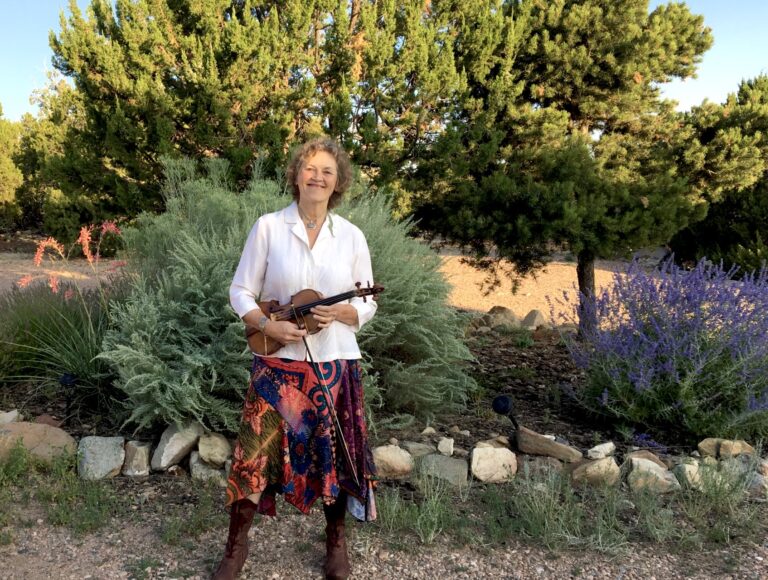
Elizabeth Blumenstock has been performing with Philharmonia since the very beginning in 1981! Her story about getting into music is a tad humorous: her mother had a crush on a fine local violinist when she was 7 years old, and called him to give her lessons as a way to meet him. While the romance didn’t work out, the violin and Elizabeth have had a long and loving relationship!
Elizabeth’s first memory of attending an orchestral concert was sitting at the back of the second violin section when she was 11 years old in a performance of Bach’s St. John Passion.
In her words: “Baroque music was a bit like aural wallpaper during my childhood – my mother was a church organist, and had lots of LPs of Bach, Buxtehude, and Schütz, which she played frequently. So that probably was an ingredient, but I was hooked on Historical Performance the moment I heard the first period instrument recordings of Bach cantatas by Gustav Leonhardt and Nikolaus Harnoncourt in the early 70s. The performances were (and still are!) irresistible – rhythmically vital, harmonically potent, shapely, and eloquent.”
Elizabeth loves performing anything by Bach, Purcell, Handel, Rameau. She mentions that Baroque music is largely rhetorical, speech-like, and the musical “wording” or “turns of phrase” written by these composers particularly are a source of almost choreographic pleasure to perform.
When did you acquire your current instrument and what are some of its unique characteristics?
In 2007, an anonymous donor paid for a fine violin to be owned by Philharmonia, but chosen and played by me, an astoundingly generous gift. I wound up choosing an Andrea Guarneri from 1660, and have played it since then. I love its slightly smaller 17th century size, its bright, clear tone, and its range of tonal color.
If you had to choose an instrument to play other than your own, which instrument would you choose and why?
Well, voice! The human voice has the ability to move us doubly – it sounds beautiful, and it can communicate through text as well. But if not voice, then sackbut/trombone. What a sound!
Do you have a hidden talent or passion that you can tell us about?
I take what I like to think are cool photos of materials changed by time, weathering, accident, such as concrete, wood, rock. Oh, and dumpsters are very good!
Lisa Grodin (+Viola)
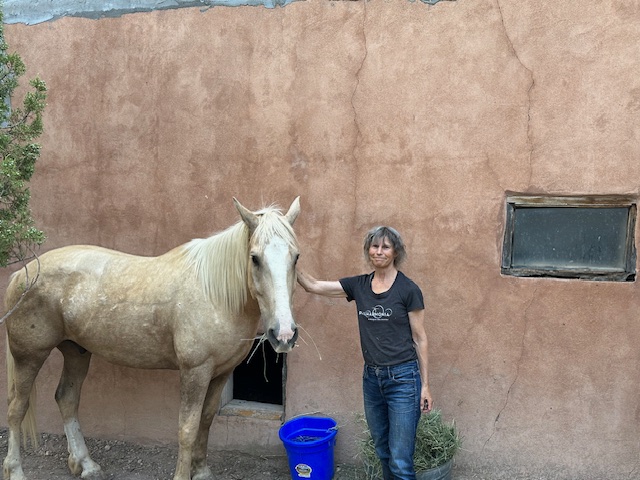
Lisa Grodin has been performing with Philharmonia since 1985. She shared her fascinating story on how she got started as a musician:
“When I was in preschool, my parents took me to services at a local synagogue, where I learned how to sing with the congregation by ear. When I was a bit older and able to read music, we regularly sang madrigals with a group of family friends. I played piano and guitar for a few years. As a fifth grader at Malcolm X School in Berkeley, I sang in the gospel choir and met the violin for the first time. Once I began studying violin privately with Anne Crowden and playing chamber music under her guidance, I was completely hooked on music. Violinists were needed in the Malcolm X School orchestra, so I gave it a try. Robert Chacona, the music teacher, advised violin students that the violin had to become our best friend, and we must practice every day. I took his word for it. “
Lisa has always been a history buff, and historically informed performance was always compelling to her. When she was a teenager, her teacher let her try a Baroque bow as she prepared for a Junior Bach Festival audition. She instantly realized that the Baroque style bow was precisely the right tool for the job. Lisa attended Oberlin Conservatory, one of the first American institutions that offered an early music program, and studied Baroque violin with Marilyn Macdonald, who to this day continues to be one of Lisa’s mentors and role models.
One of Lisa’s favorite memories with Philharmonia was performing the concertino part in a Corelli Concerto Grosso with violinist Lisa Weiss at San Domenico in San Rafael. Both musicians were extremely pregnant at the time, and their colleagues joked that they were like Tweedledee and Tweedledum.
When did you acquire your current instrument and what are some of its unique characteristics?
I acquired my Baroque violin in my senior year at Oberlin. It has a smokey, complex sound. I’ve acquired a variety of period bows over the years. Each of them is delightful to play.
What would you tell a first-time audience member to look for / listen for at a Philharmonia concert?
The audience’s participation is vital to the performance. Philharmonia’s musicians seek to passionately engage the audience in the moment. The audience’s facial expressions, laughter, applause, and gasps influence the music making.
Do you have any pets? If so, what is their name and do they like to listen to you practice?
Sheba, a mastiff whom my husband and some windsurfers rescued from drowning in the San Francisco Bay; Kirk, a mostly feral sheepish dog; Viggo, an inquisitive jumper and dressage horse; Piñon, originally from a res and later a ranch horse who loves to hit the trail; and Django, also a ranch horse who is everyone’s boss. They tolerate music. Piñon likes it when I sing to him. Kirk prefers thunderstorms to my practicing.
Anthony Martin (+Viola)
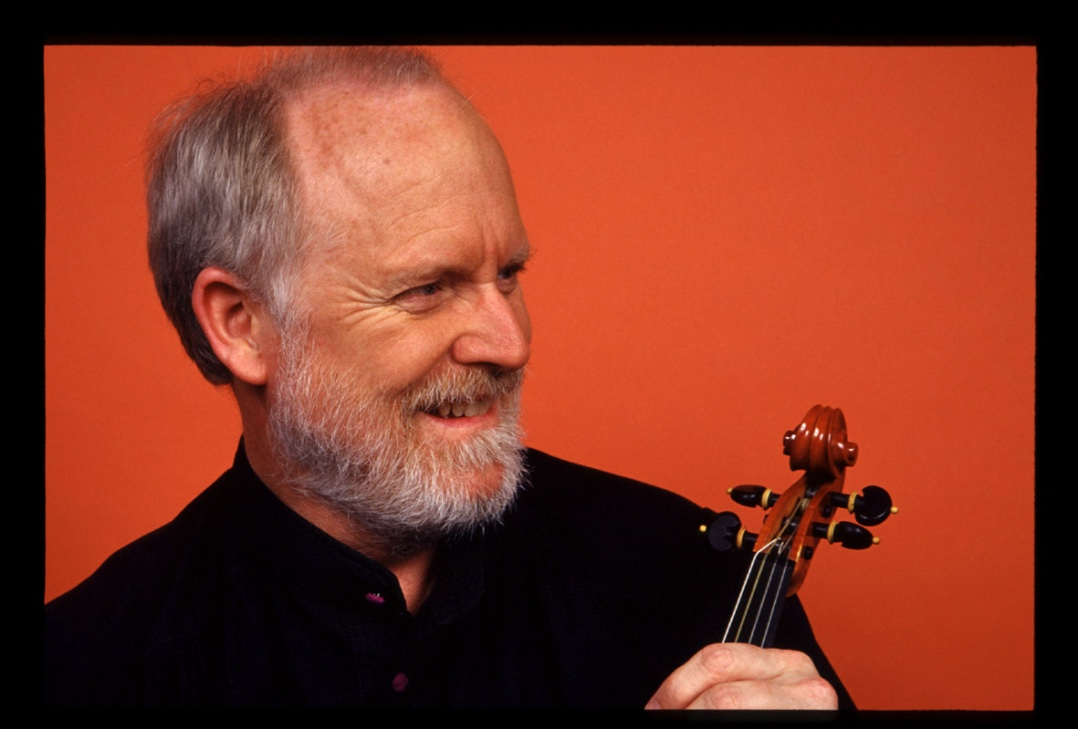
“When Laurette Goldberg founded Philharmonia Baroque Orchestra of the West some 45 years ago her intention was to foster a culture of fans and performers of period instruments beyond the already existing groups of enthusiastic recorder and viola da gamba players. Her vision included luring me back to the Bay Area from Boston, where I spent a dozen years as a migrant working in various East Coast and European ensembles. Laurette was successful in both efforts, especially her creation of a world-class orchestra whose players and supporters were primarily local residents. Since that first Philharmonia concert I have occupied at one time or another every position from front to back in both violin sections, including concertmaster for recordings and national tours, as well as occasionally leading the viola section. I have soloed on both violin and viola; I have worked with several Music Directors and many guest leaders; I have chaired the elected Musicians’ Committee for contract negotiations and served on the elected Audition Committee. Like a carnival midway, Philharmonia has been a welter of sounds and sights, roller coasters, bumper cars, and the pleasure of good company and sometimes good food. I offer my thanks to our loyal audience and supporters for making all this possible!”
Gail Hernández Rosa (+Viola)
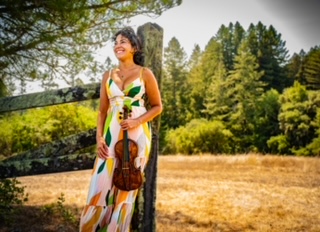
Gail Hernández Rosa has been performing with Philharmonia since 2020. She started playing the violin when she was just 3 years old, and was drawn to it because of how close it sounded to voice.
Gail attended many concerts as a small child, as well as operas. She remembers the huge amount of emotion that would pour out of her when listening to classical music – it touched her heart and filled her with wonderment.
When a friend gave her a copy of Morimur, an album that was created from researching Bach chorales in relationship to his violin sonatas and partitas, she became drawn to historically informed performance. She had never heard anyone play with gut strings in such a nuanced way and immediately fell in love.
One exciting memory from a performance with Philharmonia was when she was playing viola for a Brahms symphony and the G string on her viola broke in the middle of the 2nd movement! She proceeded to perform the rest of the movement with fun acrobatics across the strings she had left, sneaked out to change the string in between movements, and returned to play the last movement.
Gail’s current instrument is one her father bought her when she was 11, which she converted back to a baroque violin. It is a beautiful italian instrument with a warm and clear sound.
What career would you pursue if you couldn’t be a musician?
I considered studying linguistics and law to be able to work for the European Union. I also considered Archeology and forensic anthropology.
Do you have a hidden talent or passion that you can tell us about?
Not many people know this, but I also sing. I speak several languages which I love and I’m obsessed with the works of William Shakespeare.
What is your ‘desert island’ piece?
Bach’s Komi Süßer Tod BWV 478
Jolianne Einem
Katherine Kyme
Isabelle Seula Lee
Manami Mizumoto
Carla Moore
Maxine Nemerovski
Noah Strick
Viola
Maria Ionia Caswell (+ Violin)
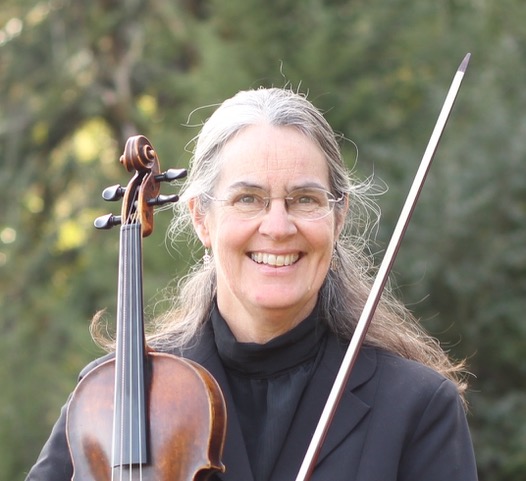
Maria has performed with Philharmonia since the very beginning, starting with fundraisers in 1981 and the first official concert in 1982. She got her start as a musician in public school music programs, and was drawn to the violin because of an instrument in her mother’s closet. Parallel to her music career, Maria has enjoyed being a homemaker and mother, having goats, and working with fabric and quilts.
When asked about why she was drawn to historical performance, she responded:
“There was a lot of interest in medieval and renaissance music when I was in high school. It was closely connected to the countercultural ideas of the time through things like The Renaissance Faire, all of which was new and exciting. My sister and I played recorders together. In orchestra I was always most drawn to baroque music. Finally, at New England Conservatory there was an early music department, and I found my people there.”
We asked Maria a few questions:
Tell us about a favorite guest artist from your time with Philharmonia and what you enjoyed most about working with them.
Philharmonia musicians have always really enjoyed the soloists who played with us, especially the singers who became friends through multiple appearances with the orchestra. Dominique Labelle was a special favorite of mine. She not only has the most beautiful voice, but she was the most down to earth diva possible. I remember that one time, using a broom, she swept the stage of detritus left from some church project as the orchestra assembled. What other diva would do that? Other favorites were Judy Nelson, Diana Moore and so many more.
When did you acquire your current instrument and what are some of its unique characteristics?
I bought my 1725 Tyrolian violin (I started as a violin player with Philharmonia) from a colleague in the first season of Philharmonia. It has been harder to find (and afford) a viola, but the one I play now is an anonymous instrument with an illegible label that is possibly from the Bavarian town of Fuessen. Could be 17th century, could be as late as 1800. It was found by a luthier in Santa Rosa who knew I was looking for an old, smaller viola.
What lesson from a mentor or teacher will stick with you forever?
In speaking about stage fright and fear of what others think, Kato Havas reminded us that we play music because we love it, and when we perform we are giving a gift to the audience, sharing our joy and love. In this way, anxiety can be circumvented. It was a lifesaver for me.
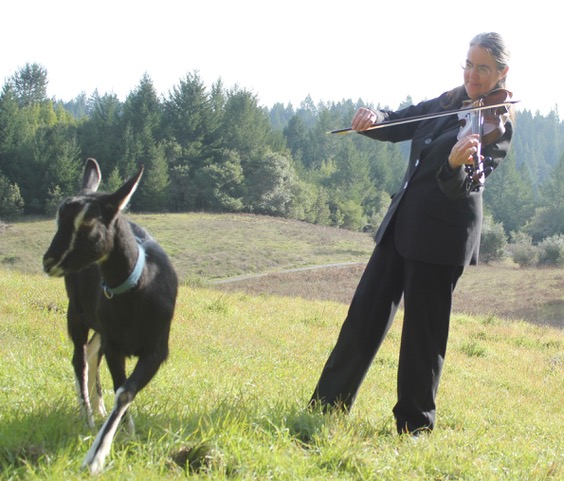
Stephen Goist
Ellie Nishi
Jessica Troy
Aaron Westman
Violoncello
Clara Abel
Eva Lymenstull
William Skeen
Double Bass
Michael Minor
Michael Minor’s first performance with Philharmonia was in 2015. He was drawn to the double bass because of its size, and fell in love almost instantly.
Minor started at San Francisco Conservatory of Music in the baroque ensemble, and was fascinated with the attention to bass lines and unwritten rules of the music. Since then, historically informed performance has become a lifelong pursuit.
Playing Mozart’s 39th symphony with Philharmonia will always be a highlight of his time with the ensemble – he enjoyed the incredible music with the amazing artists that make up the orchestra.
When did you acquire your current instrument and what are some of its unique characteristics?
My instrument is a Bohemin bass made in 1890, it is set up perfectly for baroque playing and I’m very lucky to have it.
If you had to choose an instrument to play other than your own, which instrument would you choose and why?
Cello, it has a very similar function to double bass (called double bass because it doubles the cello line) but much more opportunity for solo lines which bass rarely has.
What would you tell a first-time audience member to look for / listen for at a Philharmonia concert?
Listen to the difference in sound. Baroque instruments sound earthy and very different than modern instruments and that’s purely how the instrument is set up. Phrasing and tuning are also things to look for when listening to a baroque concert
Anthony Manzo
Kristin Zoernig
Theorbo, Archlute, and other plucked instruments
David Tayler
David Tayler has performed with Philharmonia for 38 years! What drew him to his instrument? In his words: “no idea! the force.”
Taylor was drawn to historically informed performance since singing the Bach Magnificat at Magdalen College school, where the entire community came together. Everyone sang, everyone played; it was amazing. Then, the next year he sang Monteverdi at the Putney Early Music workshop. After singing, he walked five miles home late at night under the stars. It was majestic.
What’s a favorite memory or highlight from your time playing with Philharmonia?
Recording Handel arias with Lorraine Hunt, Nic McGegan suddenly said, “Why aren’t we recording Piangero?” It was not on the schedule. So we just found a copy, photocopied the score (no parts) and we all sight read it with no rehearsal. That’s the version that is on the CD.
What would you tell a first-time audience member to look for / listen for at a Philharmonia concert?
Try to see if the musicians are connecting with each other. Baroque music is like a Shakespeare play: there are individual and group moments, contrasting scenes with different soloists, themes resonate, and the characters are vivid and talk to each other. People take risks and improvise. There’s light and dark; there’s a play within a play.
Is there anything else you’d like to share about yourself?
To infinity and beyond!
Kevin Payne
Flute
Stephen Schultz
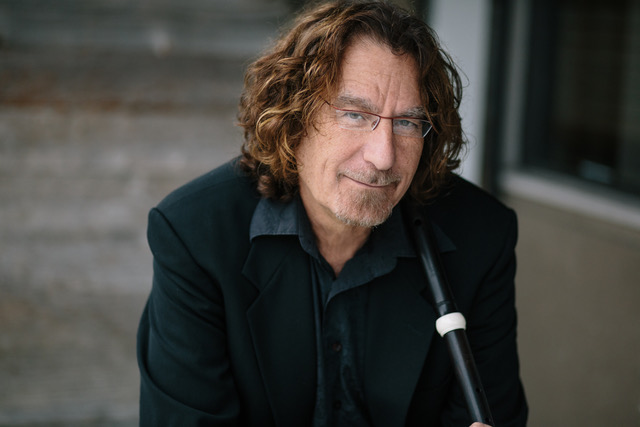
Stephen Schultz has been with Philharmonia since its founding. He fell in love with the flute in the 4th grade because of its gorgeous sound. Schultz’s father loved Classical music and started taking him to concerts when he was just five years old. He loved hearing the sounds of an orchestra.
Schultz was drawn to historically informed performance when he was 18, after hearing a recording of Frans Bruggen playing Handel Sonatas, drawing him to the sound of the wooden flute. He was always more drawn to Baroque repertoire on the flute and hated using vibrato on the modern flute.
One of Schultz’s favorite memories with Philharmonia is playing the “Sweet Bird” aria from Handel’s L’Allegro, i Penseroso ed il Moderato in productions with the Mark Morris Dance Group.
Here are a few questions we asked Stephen:
What is your favorite work of Baroque music to perform and why?
Anything by Bach: B Minor Mass, St. John and St. Matthew Passions, Christmas Oratorio. The music is phenomenal; great melodic lines, gorgeous harmonies, and exquisite counterpoint.
When did you acquire your current instrument and what are some of its unique characteristics?
I play a Martin Wenner copy of an original flute by Carlo Palanca, c. 1745. The flute was made in 2012 out of grenadilla wood. It has a lovely, rich sound, a great low register and is great for both orchestral and chamber music.
What would you tell a first-time audience member to look for / listen for at a Philharmonia concert?
Just enjoy the sounds of the different instruments. Each woodwind and brass instrument has their own rich timbre and hearing the strings play on gut strings and with little vibrato is a revelation.
Is there anything you’d like to share about yourself?
I love reading the classics: Shakespeare, Dostoevsky, Stoker, Dickens. Also have recently gotten an e-bike and try to ride everyday around Alameda, where I live for most of the year. I am starting my 22nd year teaching music history and directing the Baroque ensemble at Carnegie Mellon University in Pittsburgh and love turning my students on to great music.
Mindy Rosenfeld
Clarinet
Thomas Carroll
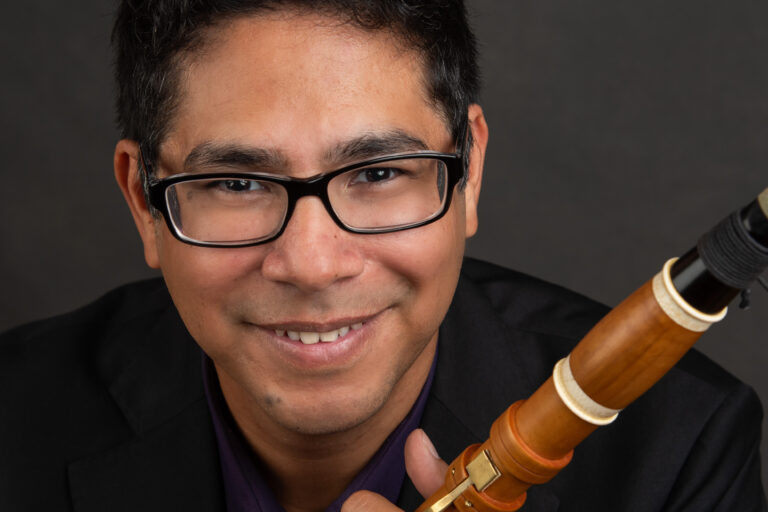
Thomas Carroll’s first Philharmonia concert was supposed to be in October 2020, but was postponed due to COVID-19 until October 2021.
In his words, “I think music was always part of me, but I didn’t realize it until much later. When I was a toddler the “off limits” area in the house was around my mom’s upright piano. She didn’t play a lot, but I used to sit underneath it and listen to her and the sound the instrument could make. My favorite parts of preschool and elementary school were always “music time” followed closely by science, so I’m incredibly fortunate I get to combine those two things in my career as an adult. I started clarinet in fourth grade, played almost all the woodwinds and brass in high school to fill in for ensembles that didn’t have enough of a particular instrument, and sometime between eighth and ninth grade, I realized that I couldn’t really see myself doing anything else that would be as rewarding. So I worked to make it happen.”
Thomas knows the exact moment he was drawn to historical performance:
“It was May 2002 when I was getting ready to perform my very first Mozart Clarinet Concerto as a teenager. I went through a phase of going to Tower Records and buying every recording of the concerto I could find to try to figure out what made all of those performers and their interpretations so unique and inevitably I would end up playing along with the recordings. I bought a boxed set of Wind Concertos from The Academy of Ancient Music with Hogwood and Tony Pay and it sounded different and I couldn’t figure out why I couldn’t play in tune with the CD and why it sounded so much more vibrant and alive than a lot of the recordings I’d already heard. Of course I looked in the booklet and saw the photo of the instrument Daniel Bangham had built for Tony and my mind was totally blown. It looked and sounded so different. Fast forward to my time as an undergrad at Oberlin, and I spent a good chunk of my free time in the library reading treatises and even more time in my dorm room teaching myself to repair and play on these instruments. When I had the opportunity to use the Oberlin Winter Term to do self guided study in historical clarinet (which involved traveling to meet different teachers and absorb everything I could), I jumped at the chance. I went to Indiana University to study with Eric Hoeprich and then followed him to The Hague for another few years before settling back in the US to make things happen over here. I’ve always appreciated how affirming and liberating the HiP movement is at its core, and how easy it is to discover new things, even with works I’ve probably played close to a hundred times. And of course the people are some of the most interesting in the business, so many different life experiences that draw them into this world.”
Tell us about a favorite guest artist from your time with Philharmonia and what you enjoyed most about working with them.
Working with Shunske Sato (October 2021, April 2024) definitely stands out for me. He’s an absolute master of internal rubato and stretching the phrases in such a natural and elastic way. That’s been something I’ve been trying to incorporate into my playing for years, and it’s been so amazing to listen to his performances and hear his thought process in real time. He’s also a whole lot of fun to hang out with after performances, lots of great memories, especially from his last set of performances of the Mendelssohn Violin Concerto.
When did you acquire your current instrument and what are some of its unique characteristics?
I actually build most of the clarinets I perform on. I started building instruments while I was a masters student at Indiana University and kept going. These days, all the baroque and classical instruments I play on are ones that I’ve made myself based on careful measurements of surviving originals. I actually own a rather decent collection of 19th century originals that I use in performance for music from Berlioz onward, and I have a rather unique matched set of Ottensteiner clarinets from Munich, the same maker who made instruments for Brahms’ clarinetist. I’m also extremely fortunate to own the 1900 Mollenhauer bass clarinet that Louis Klein ended up playing under Toscanini in the NBC symphony, but I rarely get to use that one in performances, unfortunately. I’ve also had to make mouthpieces for each of these instruments. It’s a lot of work to build all of these instruments AND make sure I can play all of them equally well, but it’s a lot of fun!
What would you tell a first-time audience member to look for / listen for at a Philharmonia concert?
As a woodwind player, I’d say the first thing a first-time audience member should do is take a look at the woodwinds. We all have instruments with fewer keys than the modern instruments and as a result our fingers have to do a lot more acrobatics to accomplish the same result. You might also see us switching instruments a whole lot more (in February 2023 the clarinets used 4 clarinets each for one concert!). Then I would say listen to the horns, there’s absolutely nothing like the sound of natural horns. Lastly, I’d say listen for the transparency in the string section. The instruments might look the same, but the way they’re set up and the way the bows and gut strings work together creates such a wide variety of colors. It’s like painting with the most accurate paintbrush.
What is the first album you ever bought or connected with?
I think it would probably be the 1987 Pacific Symphony recording of the 13 instrument version of Appalachian Spring. I bought it after music camp the summer after my freshman year of high school and I’m not entirely sure why, but I think that’s the recording that made me realize I wanted to do this as a career.
Diane Heffner
Bassoon
Andrew Schwartz
Andrew Schwartz was drawn to the bassoon by being fond of his grandfather. His elementary school group played Sergei Prokofiev’s “Peter and the Wolf,” in which the grandfather’s character is played on the bassoon. He refused to play any other instrument…
Schwartz delved into historically informed performance in his work with the Royal Court Orchestra of Drottningholm outside of Stockholm, Sweden. They played 18th century operas, mostly Mozart, in an original historical opera house!
When did you acquire your current instrument and what are some of its unique characteristics?
I play a few different bassoons in Philharmonia. For Baroque music, I’m very blessed to play on my teacher Dennis Godburn’s instrument. He played many years with the orchestra. For classical I play on copy made in Holland, which is the same maker as Danny Bond, the recently retired Philharmonia bassoonist, they sounded great together. For Romantic music I play on an early Heckel, the preeminent maker of 19th and 20th and now 21st C. Bassoons. I bought mine from a Veterinarian, who was a collector, it is perhaps my favorite instrument, but don’t tell the other ones.
What is the first album you ever bought or connected with?
Beethoven set of the Nine Symphonies, with Georg Solti and the Chicago Symphony.
What lesson from a mentor or teacher will stick with you forever?
Go to as many concerts as you can and keep listening.
Oboe
David Dickey
Gonzalo X. Ruiz
Horn
Nathanael Udell
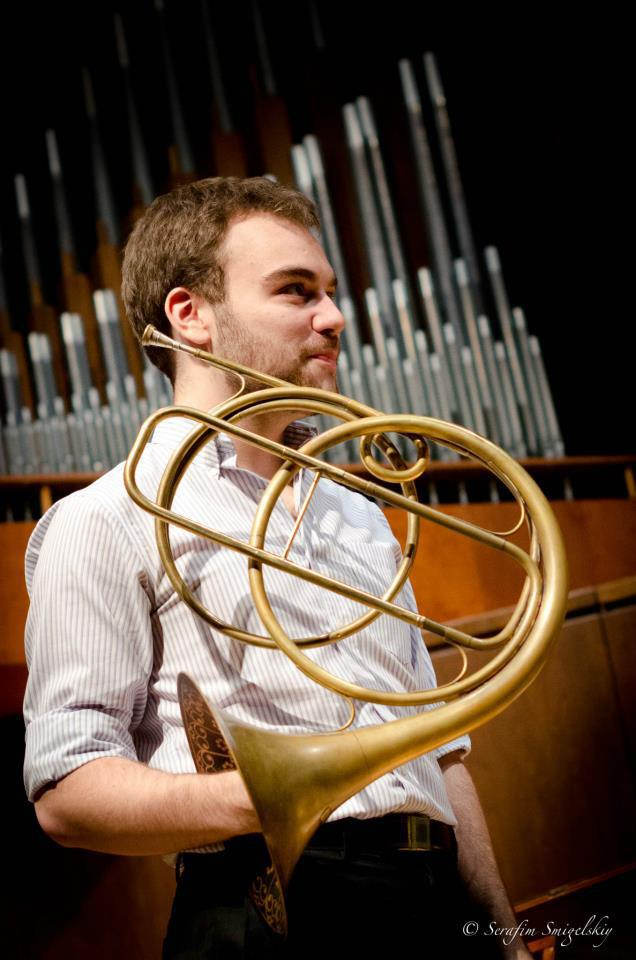
Nathanael Udell began performing with Philharmonia in October 2024, in Philharmonia’s “Dreams and Passions” concert.
Nathanael comes from a family of musicians, in which his mother was a horn major in college; he realized he truly loved the sound of the horn. He was drawn to the sound of the natural horn (and the instrument itself) when his father found a CD of the Mozart Horn Concerti performed on period instruments with Nic McGegan conducting, and JR Kelley playing horn. He fell in love with the recording and immediately sought out Kelley for lessons, and studied with him for three years.
Nathanael’s favorite work of Baroque music to perform is the F suite from Handel’s Water Music, which holds a special place in his heart. “The music is just so joyful and exciting – I think Handel loved his horn players. I never get tired of performing that suite and the entire work.”
What is your favorite venue you have ever performed in?
I always, always, ALWAYS enjoy walking on stage at Symphony Hall in Boston, as well as Carnegie Hall in New York. The energy I feel crossing that line from backstage to the main stage is electrifying!
What lesson from a mentor or teacher will stick with you forever?
Probably one of the most influential pieces of advice I was given was during my last lesson with my private teacher before leaving for college. His advice was: “Be nice and let the instrument do the talking for you”
Nathanael encourages audience members to come say hi after shows! He is always happy to chat with his audience.
Ophicleide and Serpent
Douglas Yeo

Photo by John Ferrillo
Douglas Yeo has been playing with Philharmonia since 2009.
When he was nine years old, he had the opportunity t o choose a musical instrument to play in his elementary school band. He chose the trumpet, like his friends, but when the band director got around to people whose last names began with “Y” the trumpets were gone and he was handed a trombone. He wasn’t very happy about it until he got home and played his first note – he was hooked.
When and why were you drawn to historically informed performance?
I’m curious by nature. In summer 1994, I was in the Boston Symphony Orchestra library at Tanglewood when I saw we would be giving the North American and Asian premieres of a newly discovered mass by Hector Berlioz, his Messe solenelle. The score had a part for a serpent; the serpent even had a little solo. I had seen serpents in museums but I had never heard, held, or played one. And then something in my brain went “CLICK”! I had to get one and play it on the Berlioz Messe. So I did. The next logical step was the ophicleide, the next instrument in the evolutionary chain of bass wind instruments that eventually gave us the tuba. I started playing ophicleide in 2001. Historically informed performance gives me the opportunity to play pieces that I would never play with a trombone in my hand. Like the overture to Mendelssohn’s A Midsummer Night’s Dream and Handel’s Music for the Royal Fireworks, pieces that don’t include trombone. The collective spirit of Philharmonia and other HIP groups I’ve played with is so energetic and positive. Everyone is ON when they play. It’s exhilarating.
What is your favorite work of Baroque music to perform and why?
Handel’s Music for the Royal Fireworks. Handel wrote a part for contrabassoon and serpent – both instruments play the same part but they sound an octave apart. But at some point and for reasons we don’t know, Handel deleted the serpent from his score. It may be that he wasn’t impressed with the player who auditioned for him. Reportedly, when Handel first heard the serpent, he said, “Aye. But not the serpent that tempted Eve.” Still, to reinstate the serpent part in Fireworks gives the bass line a new dimension. The contrabassoon and serpent blend to make an entirely new sound – like blending stops on an organ – and the Overture, in particular, is a romp.
What is the most unusual venue you have performed in?
In 2000, the Boston Symphony Orchestra gave a joint concert with the Orchestra de Paris on the Champs de Mars in the shadow of the Eiffel Tower. It was an unforgettable concert in a setting that could not be matched. Well, maybe it was matched by another Boston Symphony Orchestra concert in Athens, at the Odeon of Herodes Atticus. From my seat on stage in that remarkable outdoor Roman era theatre, I looked up and saw the Parthenon.
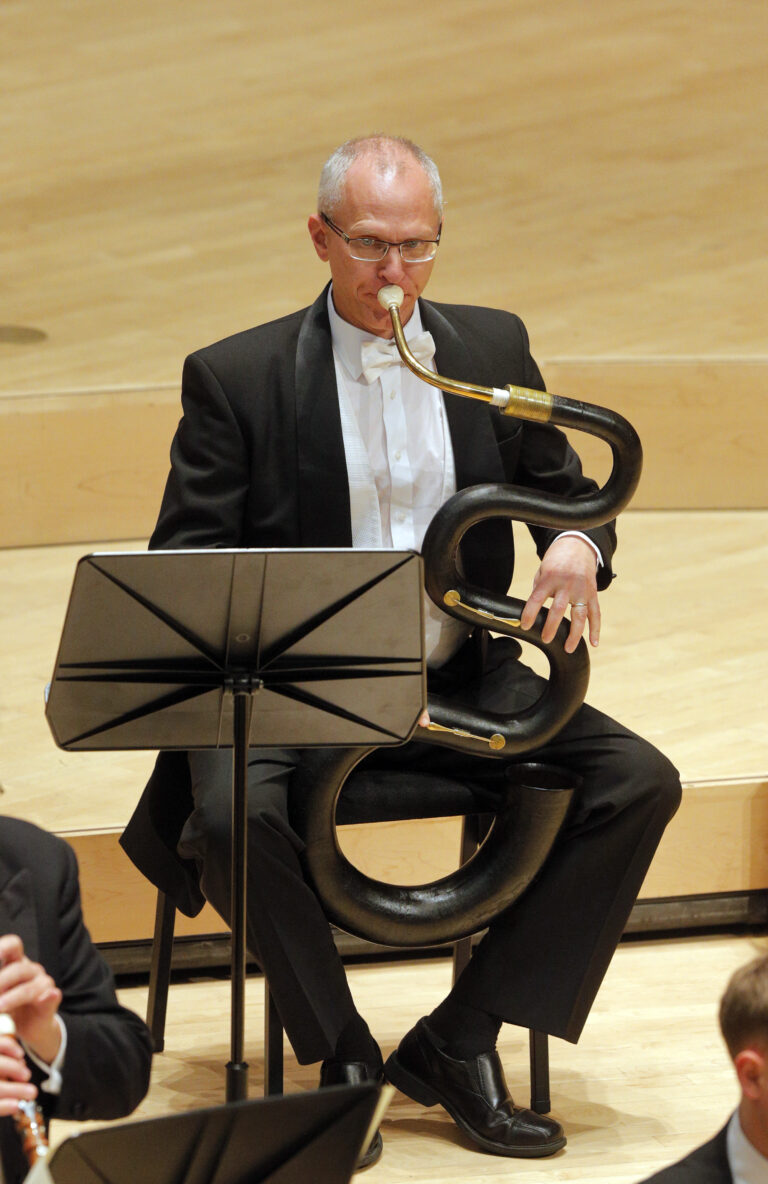
Trumpet
John Thiessen
Harpsichord
Hanneke van Proosdij
Percussion
Allen Biggs
Chorale
Soprano
Angela Arnold
Kayla Bojkovsky
Tonia D’Amelio
Samantha Dotterweich
Victoria Fraser
Julia Grizzell
Sarah Sims
Lilith Spivack
Helene Zindarsian
Angelique Zuluaga
Alto
Mindy Ella Chu
Shauna Fallihee
Anna Keyta
Courtney Miller
Michelle Pavlova
Leandra Ramm
Nathan Stroud
Jaque Wilson
Celeste Winant
Tenor
William Betts
Mickey Butts
Corey Head
Michael Jones
Benjamin Liupaogo
John Mansfield
David Rivera
Jonathan Smucker
Bass
Vladimir Avetisian
Joel Chapman
Jeff Fields
Sepp Hammer
Jim Monios
Ari Nieh
Chung-Wai Soong


